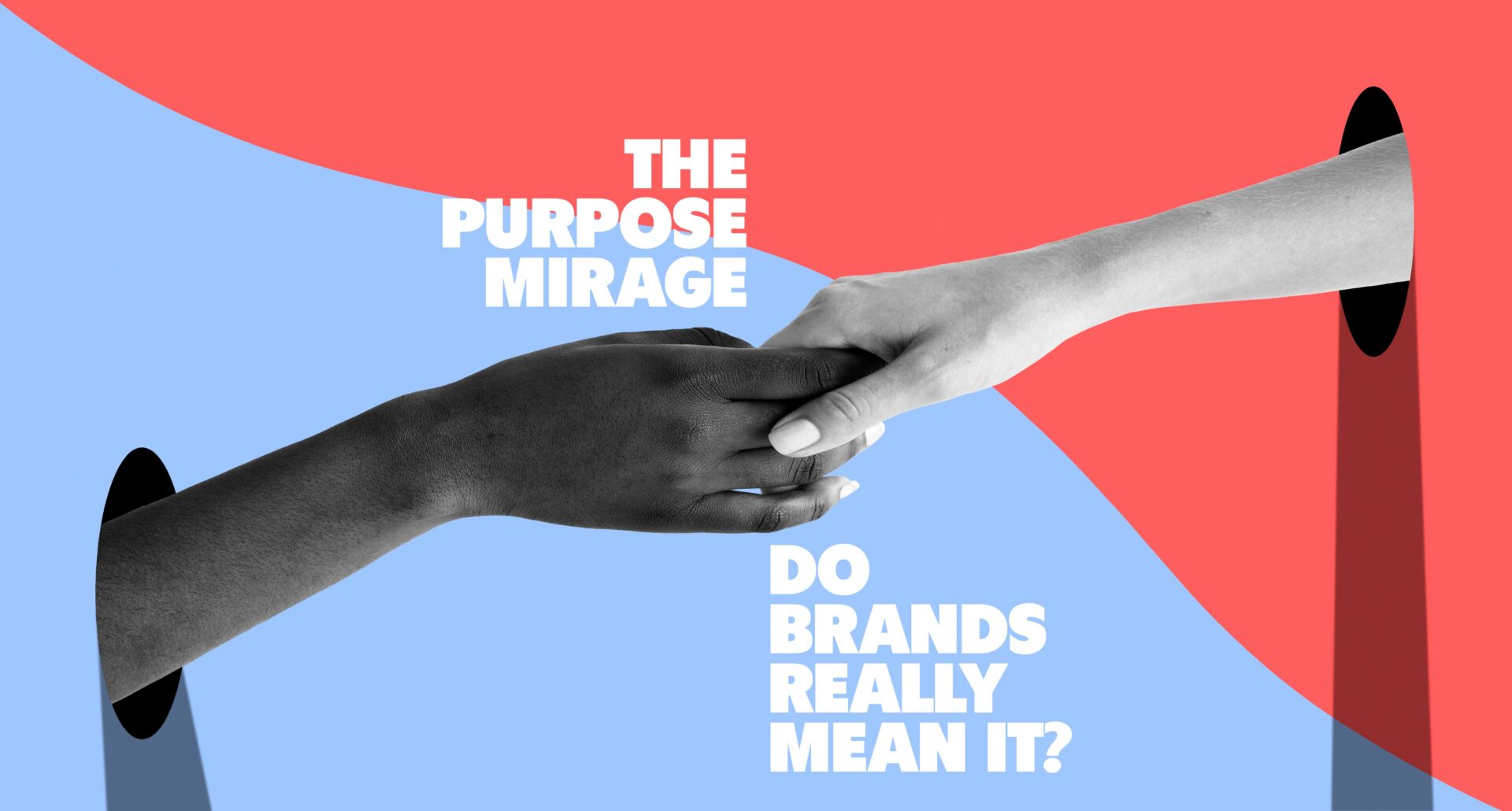Let’s start with the fact that you (yes, you, the reader, the human behind the screen, whether you are a CMO of a mid-sized DTC skincare brand or some poor soul forced into a marketing career by circumstance) have already been trained—nay, conditioned—to expect a certain flavor of discussion when we talk about Brand Marketing vs. Performance Marketing. There will be numbers. There will be an argument that looks like a Harvard Business Review op-ed (some breathless rhetoric about ROAS and Customer Acquisition Cost). There will be, lurking in the background, the perennial existential dread of all digital marketers: attribution. Where is the money coming from, and more importantly, where is it going?
But let’s not do that. Let’s, instead, begin with a memory. Not yours, but rather, the memory of Nike. That is, a company that, once upon a time, built itself on the back of a swoosh and a cultural movement rather than a meticulously optimized Meta Ads Manager dashboard. A brand so inextricably linked with human aspiration that it could, in the 1990s, charge a premium not just for sneakers but for permission to believe you were capable of something greater than your circumstances.
And then something happened. Call it the DTC gold rush, call it Silicon Valley’s insatiable appetite for immediate returns, call it the Performance Marketing Industrial Complex. But somewhere along the way, the world decided that marketing should be measurable, scalable, and predictable, and suddenly the world wasn’t interested in “Just Do It” so much as “Just Get a 3.5x ROAS on Facebook.”
The problem, of course, is that performance marketing is a short game played on an ever-shrinking field. It works, until it doesn’t. It’s the equivalent of squeezing a tube of toothpaste: effective at first, but inevitably you find yourself pressing the very edges with increasing desperation, realizing too late that there’s simply no more left to squeeze.
Consider the cautionary tale of a dozen once-hot, now-forgotten DTC brands that mistook performance for permanence. They mastered the dark arts of lookalike audiences and hyper-targeted retargeting, but when CAC went up (as it always does) and tracking got murky (thanks, iOS14), their entire economic foundation crumbled. They hadn’t built brands, they’d built arbitrage machines. And when the arbitrage stopped working? Well, you don’t see Allbirds in the Super Bowl, do you?
Which brings us back to Nike, and the decision—after a period of (one might argue) over-reliance on digital performance tactics—to return to its roots in Brand. It’s no coincidence that this return was orchestrated by the company’s original architect of brand dominance, Phil Knight’s protégé, Mark Parker, stepping back into the CEO role. And how does one announce such a return? Not with a clever remarketing funnel, but with a multi-million dollar Super Bowl ad that didn’t hard-sell shoes so much as it reasserted Nike’s cultural place in the world.
That ad, that return, is emblematic of something larger: an understanding that brand marketing isn’t about efficiency so much as inevitability. When a brand is truly embedded in culture, it doesn’t need to chase conversion rates—it dictates them. Nike is Nike because it has made itself indispensable to the human psyche.
Performance marketing, by contrast, is transactional. It asks, “How do I make you buy?” Brand marketing, when done correctly, doesn’t need to ask. It assumes. It operates on a different timeline, one measured not in ROAS but in relevance.
This is not to say that performance marketing doesn’t have its place. It does. But it is the seasoning, not the meal. It’s the flyer that gets you to try a restaurant, not the reason you keep coming back. It is not the thing that makes a company matter in the long run. And yet, for reasons both psychological (marketers are impatient) and structural (VCs are even more so), many companies continue to prioritize the immediate dopamine hit of measurable growth over the slow, enduring power of brand equity.
The lesson of Nike, of the Super Bowl return, of the shifting tides in marketing at large, is that performance marketing may win the quarter, but brand marketing wins the decade. And in a world where the cost of digital acquisition is rising faster than ever, the brands that invest in identity, in meaning, in something beyond the spreadsheet, are the ones that will still be here when the dust settles.
But let’s zoom out even further. Let’s talk about what this means not just for brands but for culture itself. Consider the way we, as consumers, experience marketing in an era where every scroll on Instagram is interrupted by yet another hyper-personalized ad promising some miraculous, VC-backed, DTC miracle. The mattress that will change your life. The serum that will make you glow. The sneakers that, somehow, are made from recycled ocean plastic and promise an ROI on your self-worth. It is, in effect, a world where every product is reduced to a series of performance metrics rather than an idea, a feeling, a belief.
But that’s where Nike reminds us of something crucial: The best brands don’t just sell products; they sell mythology. They sell the promise that buying into their world is a form of self-actualization. And that’s something no amount of performance marketing can replace. Because while performance marketing can get you a click, only brand marketing can make you care.
This is why the biggest brands in history—Nike, Apple, Coca-Cola, McDonald’s—didn’t just focus on short-term conversions. They invested in the intangible: nostalgia, aspiration, identity. They understood that while numbers can tell a story, emotions define one.
So the real question isn’t “Which one is better?” but rather, “Which one do you want to define your company’s legacy?” If all you care about is this quarter’s numbers, by all means, dump money into performance. But if you want to exist a decade from now, you better invest in something deeper.
And if we really think about it, the irony is that the most successful performance marketing is, at its core, still powered by brand. Consider the brands that dominate your social feeds—not just because they have mastered the algorithm, but because they have built an emotional resonance that makes people seek them out. Think of Apple’s legendary product launches. Tesla’s cult-like following. The way Patagonia has embedded itself into the psyche of the conscious consumer. These brands don’t need to throw money into the black hole of performance marketing just to stay afloat; they have a gravitational pull that draws customers in, over and over again.
The bottom line? The brands that will stand the test of time are the ones that invest in more than just the immediate win. They build movements, not just funnels. And in a world where digital advertising costs are climbing, where consumers are becoming more skeptical of hyper-targeted tactics, where privacy regulations are making tracking harder and harder—brand isn’t just the superior choice. It’s the only choice for survival.





